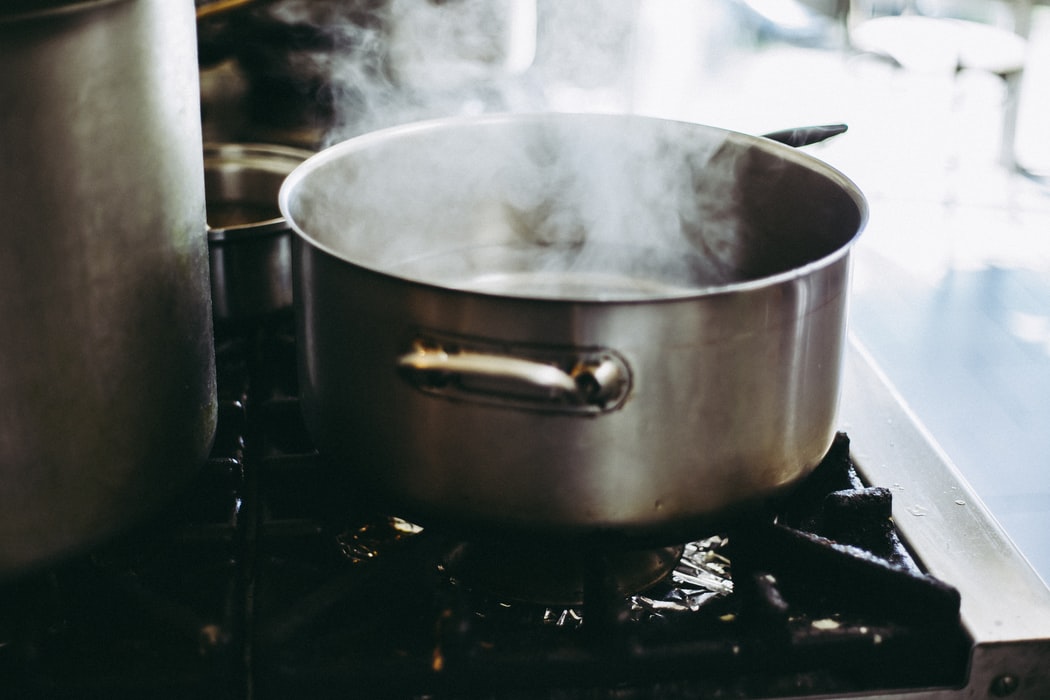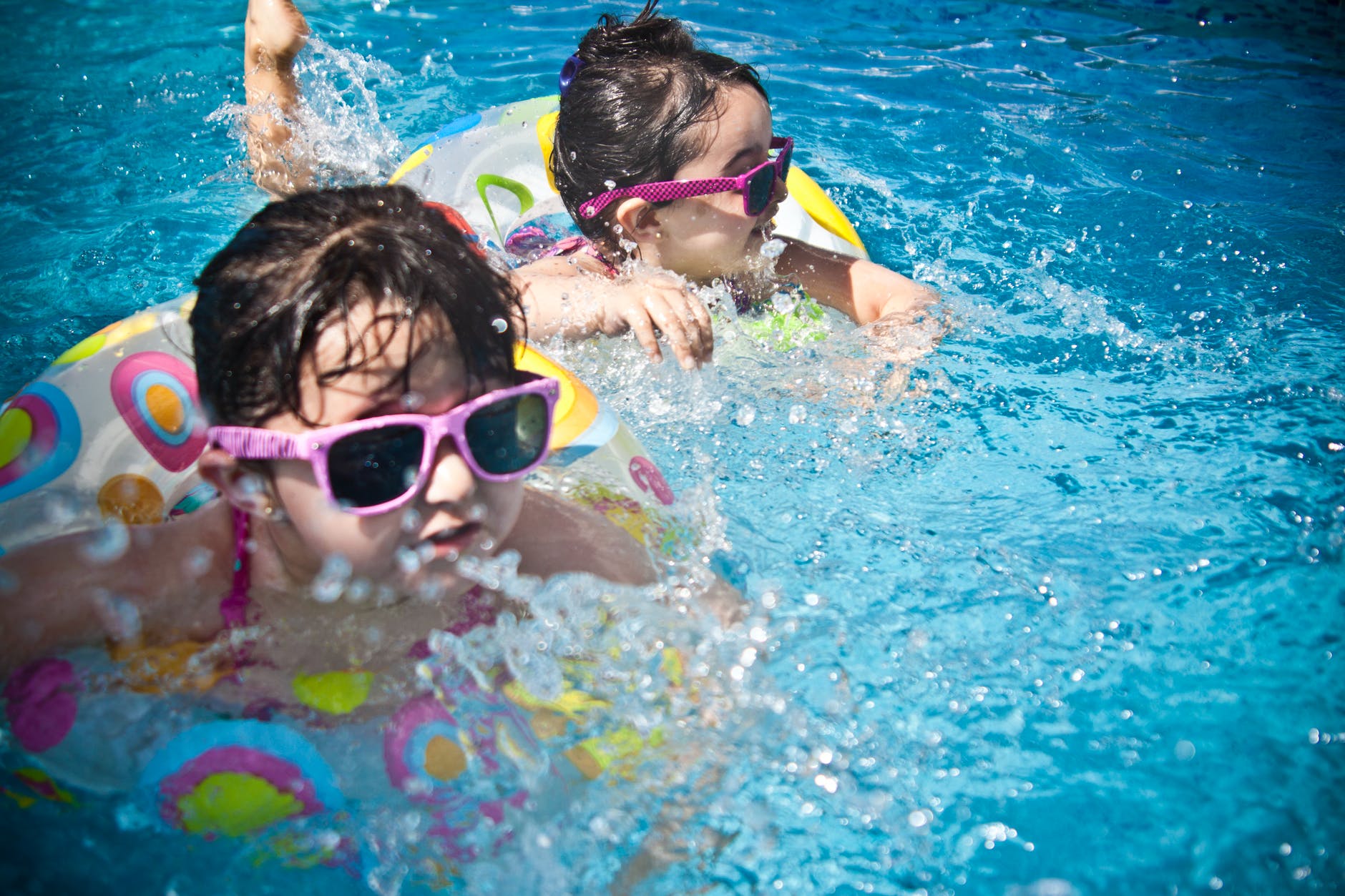Common injuries that children suffer and treatments to avoid any lasting damage


Childhood is the most wonderful time in life, both for the child and for the parents.
Nevertheless, common injuries and accidents when caring for a child occur despite the constant vigilance practised by most parents.
In such a situation, it is quite understandable that parents blame themselves for the hurt caused to their precious child.
Unfortunately, this will not help your child any better; in fact, they may be in more danger since there are several injuries that can take a turn for the worse if not immediately treated.
As parents, we cannot prevent every injury that befalls our child; but, we can take measures to prevent them as much as possible and treat the rest quickly and efficiently, making it easier for our children to return to normalcy.
Below is a list of the common injuries sustained by children and how to treat them to avoid any lasting damage.

Some of the most common injuries children suffer are scalds and burns.
For children, ‘touch’ is the most effective way to gather information. Unfortunately, touching hot liquids can cause scalding which, for a small child, is extremely dangerous.
A severe scald can also kill a child since their skin is far more sensitive than an adult’s. The same can be said for burn injuries.
To prevent any accidents, make sure that the children’s play area is kept separate from the kitchen.
Keep hot food and other liquids away from children and avoid carrying them if you are handling hot food and while cooking.
In case your child gets a scald or burn, immediately keep the area under running cold water.
After 10 minutes underneath the water, apply some anti-burn cream on the area.
If your child is still in discomfort or if the burn looks swollen, rush the child to the hospital.

This is another common injury which, if not attended to immediately, can have unfortunate consequences.
Choking is often a result of the child swallowing big chunks of food or other substances (like button batteries) that is common to a typical household.
To prevent any choking, make sure that any solid food you provide to your child is soft and is in small bite-sized pieces enough for them to swallow.
Remove any small item that your child might put in his or her mouth, and make sure that none of their toys have any removable parts and are too big to be swallowed.
Train yourself in providing first aid in case of choking and make sure that any caregiver (like a babysitter) also knows the same.
If the situation looks bad, immediately call emergency service, and rush your child to the hospital.
Curious toddlers have been known to put foreign objects in their ears and nose, and thus cause themselves serious injury.
Small pencils, toothpicks, safety-pins and small beads are all objects that children are often tempted to put inside their nostrils or ears.
Although not life-threatening, these objects have been known to cause serious disabilities and must be treated with due caution.
If the object is lodged too firmly, it is always better to take the child to a doctor and get it removed safely.

Falls and broken bones are perhaps the most common injuries suffered by children of all ages.
However, the seriousness of the injury depends on the height from which the child falls as well as the surface onto which he falls.
Once a baby starts to crawl, he or she is always at the risk of taking a fall.
Although most of these falls are minor, they can hit their heads on sharp corners while falling which can cause more injury than the fall itself.
To prevent this, make sure that all sharp corners in your house are padded or removed.
Install guard-rails on the child’s bed and make sure that he or she is strapped in properly while sitting in prams or high-chairs.
Remove tripping hazards from your homes like rugs and electrical cords. Use non-skid rubber mats in the bathroom and install safety gates at the top and bottom of stairs.
Teach your child not to walk or run while holding sharp objects like scissors.
Also, ensure that children cannot open windows by themselves and fall out of them. Install window locks and guards, and keep furniture away from windows.
If your child has taken a major fall, always take him or her to the hospital to ensure that there are no broken bones or fractures.
Children under five years of age are at most risk of poisoning since they have the tendency to put almost anything in their mouths.
[[nid:491377]]
Make sure that any household chemicals and medicines are kept out of reach and sight of children and put a child-resistant lock on the cupboard.
Keep medicines in their original packages and take them out only when about to consume them.
Do not eat medicines in front of children since they tend to imitate adults.
While administering medicines to children, double-check the dosage before giving it to them. Dispose of unwanted and expired medicines properly.
Rinse out containers of liquid medicines and household chemicals with water before disposing them properly.
Be extra careful while on holiday since exotic food or products can cause poisoning in kids as well as adults.
If you suspect your child to have been poisoned, immediately rush him to the hospital.

Drowning is one of the leading causes of accidental deaths in toddlers and small infants.
Children who are still developing their motor skills are most at risk because they are unable to judge a health hazard.
Swimming pools, baths and portable pools as well as rivers and streams are common locations where toddler drowning deaths occur. Take proper safety measures while taking your child out to a public swimming pool.
Never leave your child alone in the bath and actively supervise him or her whenever he or she is in or around water.
Empty water from bath and buckets immediately after use, and make sure that the door to the bathroom is closed when not in use.
Teach your child to swim and train yourself in a first aid course.
In case your child falls into water, immediately get him out and make sure that he is breathing properly.
If he was in the water for some time, get him checked out by a doctor to ensure no side-effects remain.

Modern homes are full of appliances that make our life a lot easier; microwave oven, electric irons, dishwashers, washing machines and electric ovens, while easing household tasks, present health hazards to little children.
Curious children might be tempted to put their hand (or sometimes their heads) inside ovens, touch hot irons or pull dangling electric cords of these appliances. Any of these can cause serious risk to their safety.
Ensure that all such appliances as well as electric cords are kept away from children. Impress on them the necessity of keeping away from such appliances.
Make sure that any cooking done by children is always carried out under your active supervision.
In our quest to safeguard our children, the best method we can choose is to teach them safety measures.
Train them to monitor safety hazards while playing; enrolling them in first aid courses for children also will not go amiss.
The Singapore Resuscitation and First Aid Council can direct you to accredited Child First Aid Training providers. Parents should also undergo some basic training for first aid.
For emergency ambulance services, immediately call 995.
This article was first published in theAsianparent.